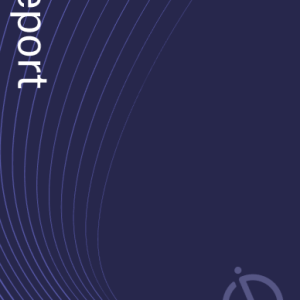Sumitomo has been granted a patent for a diffusion bonding heat exchanger. The invention involves a method of operating the heat exchanger to maintain the temperature of a high-temperature fluid above its freezing point in a specific range of the heat exchanger. The heat exchanger includes a first heat transfer plate with a high-temperature flow path and a second heat transfer plate with a low-temperature flow path. The patent outlines the steps for controlling the flow rate and temperature of the fluids to prevent freezing in the designated range. GlobalData’s report on Sumitomo gives a 360-degree view of the company including its patenting strategy. Buy the report here.
According to GlobalData’s company profile on Sumitomo, Bioethanol production GMOs was a key innovation area identified from patents. Sumitomo's grant share as of September 2023 was 30%. Grant share is based on the ratio of number of grants to total number of patents.
Diffusion bonding heat exchanger with optimized flow paths
A recently granted patent (Publication Number: US11768037B2) describes a method for operating a diffusion bonding heat exchanger with a unique design. The heat exchanger includes a core with two stacked heat transfer plates and a header portion. The first heat transfer plate has a high-temperature flow path with grooved channels, while the second heat transfer plate has a low-temperature flow path with separate channels.
The method involves introducing a high-temperature fluid into the channels of the high-temperature flow path and a low-temperature fluid into the channels of the low-temperature flow path. The flow rate and temperature of both fluids are controlled to maintain the high-temperature fluid above its freezing point in a connection channel portion of the high-temperature flow path.
The patent claims also mention that the connection channel portion extends over the entire high-temperature flow path in the first heat transfer plate. Additionally, the connection paths in the high-temperature flow path are arranged in a zigzag pattern to enhance fluid flow.
The low-temperature flow path is divided into two portions, with the second portion having a larger heat transfer area than the first portion. The channels in the first portion are not connected to each other, while the channels in the second portion are connected by connecting paths. The channels in the first portion also have a different planar shape compared to the channels in the second portion, resulting in a smaller heat transfer surface area in the first portion.
The diffusion bonding heat exchanger described in the patent is a parallel flow heat exchanger, where the high-temperature and low-temperature fluids flow in the same direction.
The heat transfer plates in the exchanger have specific configurations, with the high-temperature flow path extending along one side end surface of the first plate and the low-temperature flow path bending after extending from each side end surface of the second plate.
Overall, this patented method offers a unique approach to operating a diffusion bonding heat exchanger, optimizing heat transfer efficiency and preventing freezing of the high-temperature fluid.
To know more about GlobalData’s detailed insights on Sumitomo, buy the report here.
Data Insights
From

The gold standard of business intelligence.
Blending expert knowledge with cutting-edge technology, GlobalData’s unrivalled proprietary data will enable you to decode what’s happening in your market. You can make better informed decisions and gain a future-proof advantage over your competitors.



